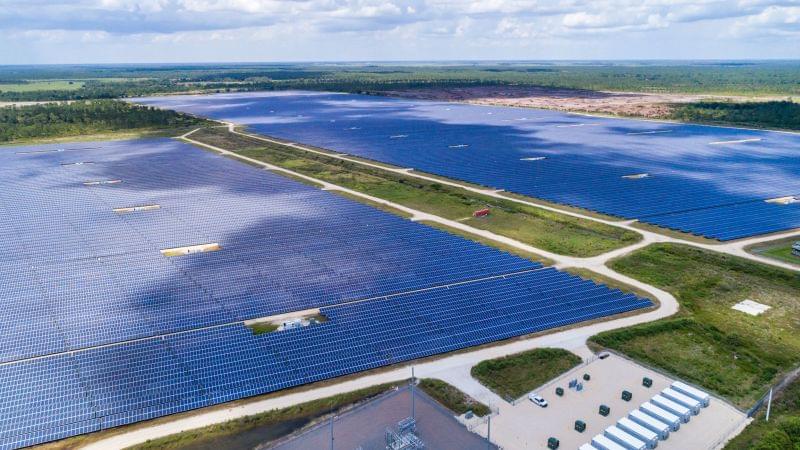The streets in this meticulously planned neighborhood were designed to flood so houses don’t. Native landscaping along roads helps control storm water. Power and internet lines are buried to avoid wind damage. This is all in addition to being built to Florida’s robust building codes.
Some residents, like Grande, installed more solar panels on their roofs and added battery systems as an extra layer of protection from power outages. Many drive electric vehicles, taking full advantage of solar energy in the Sunshine State.
Climate resiliency was built into the fabric of the town with stronger storms in mind.









